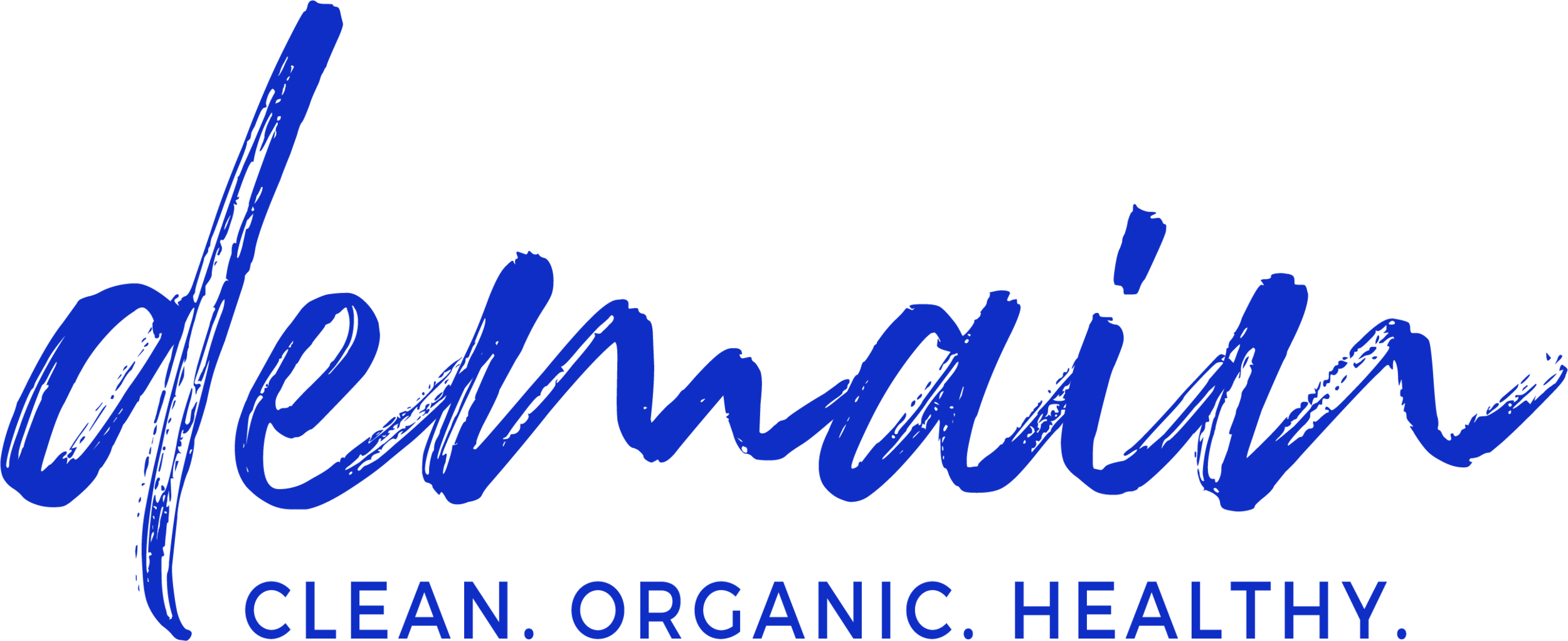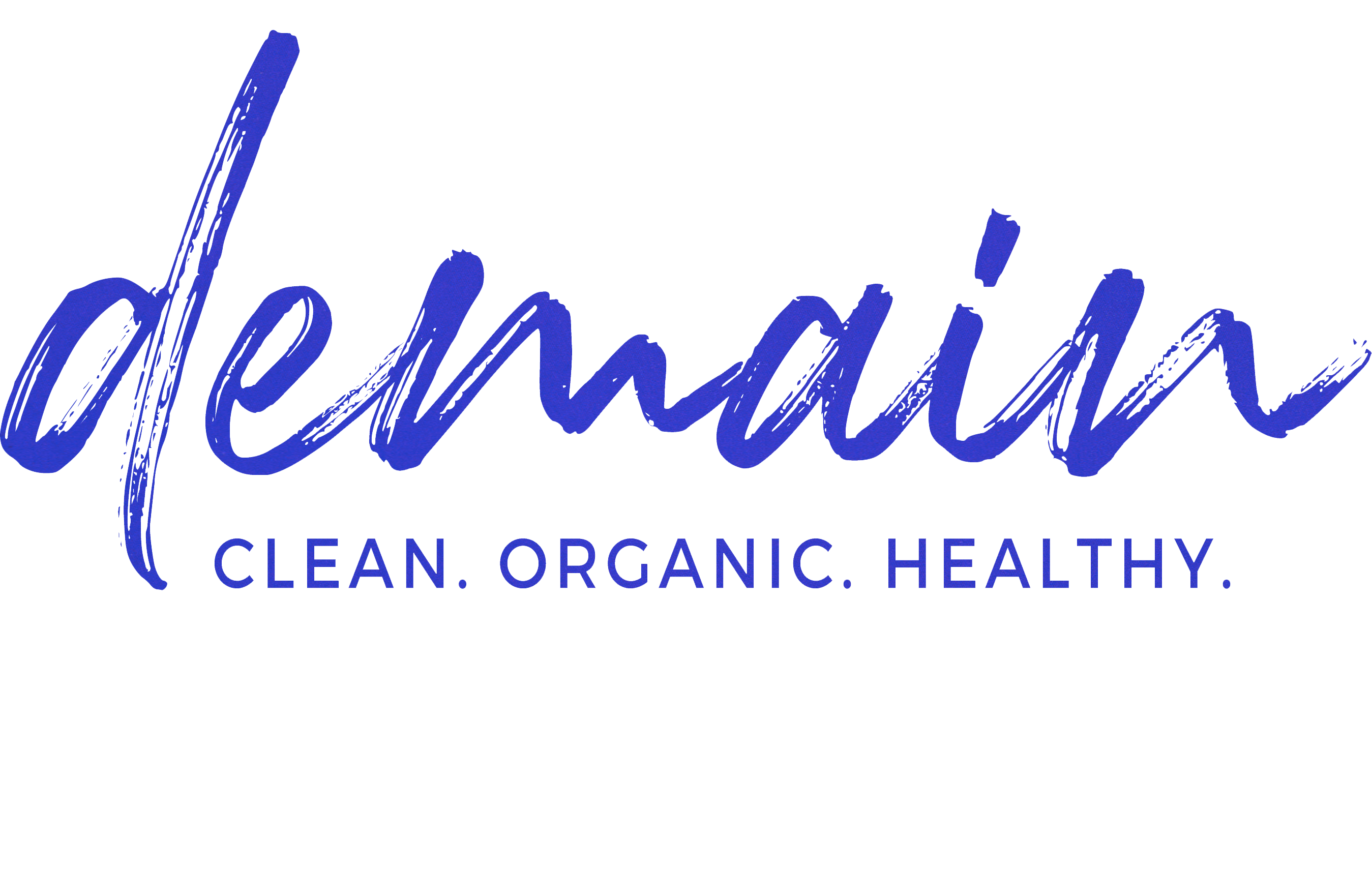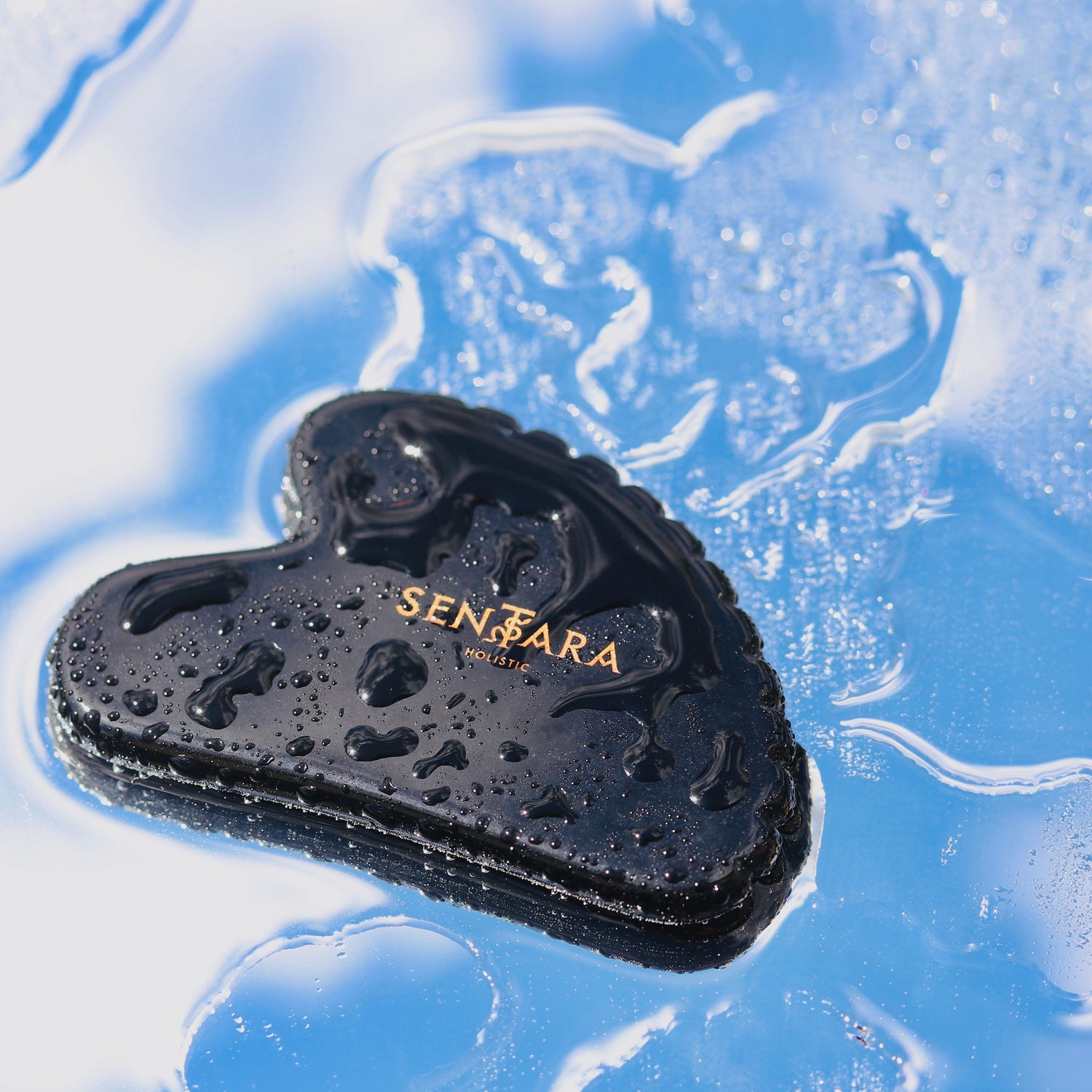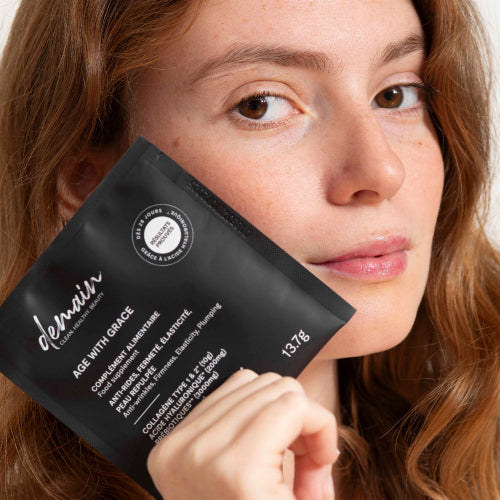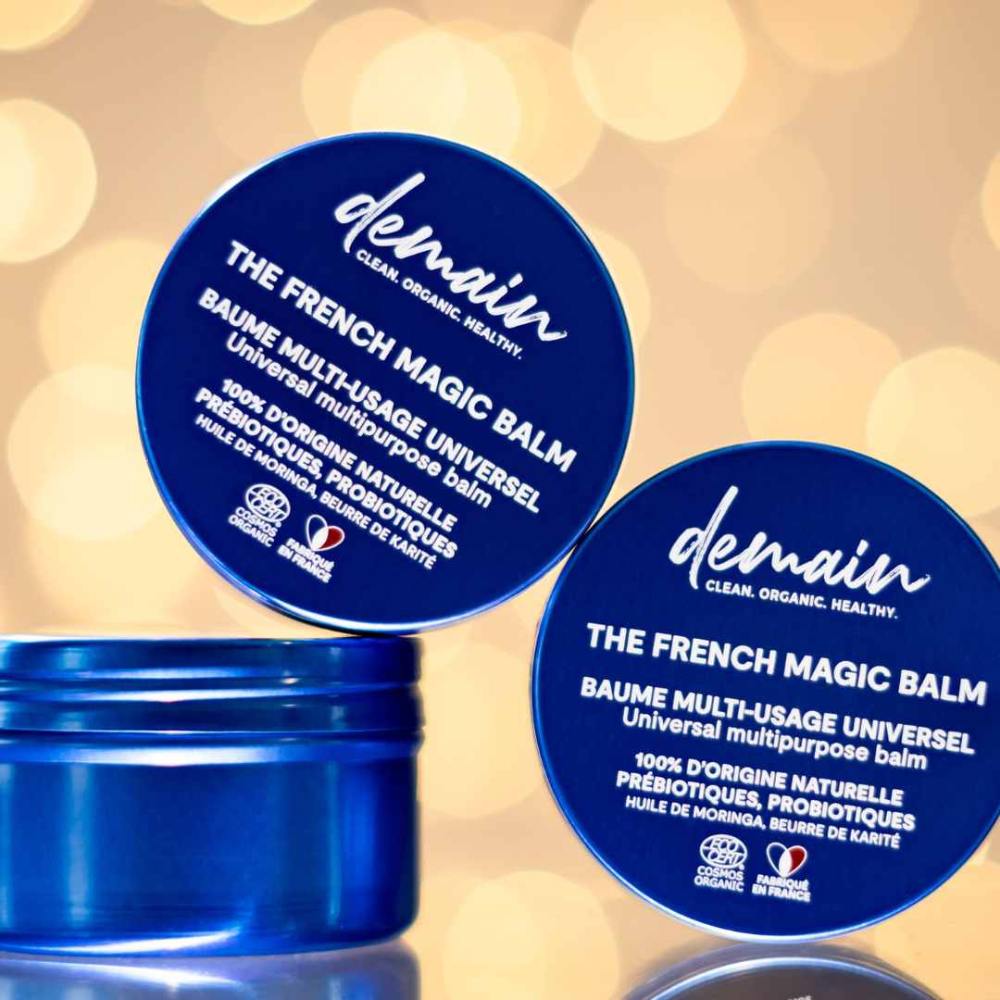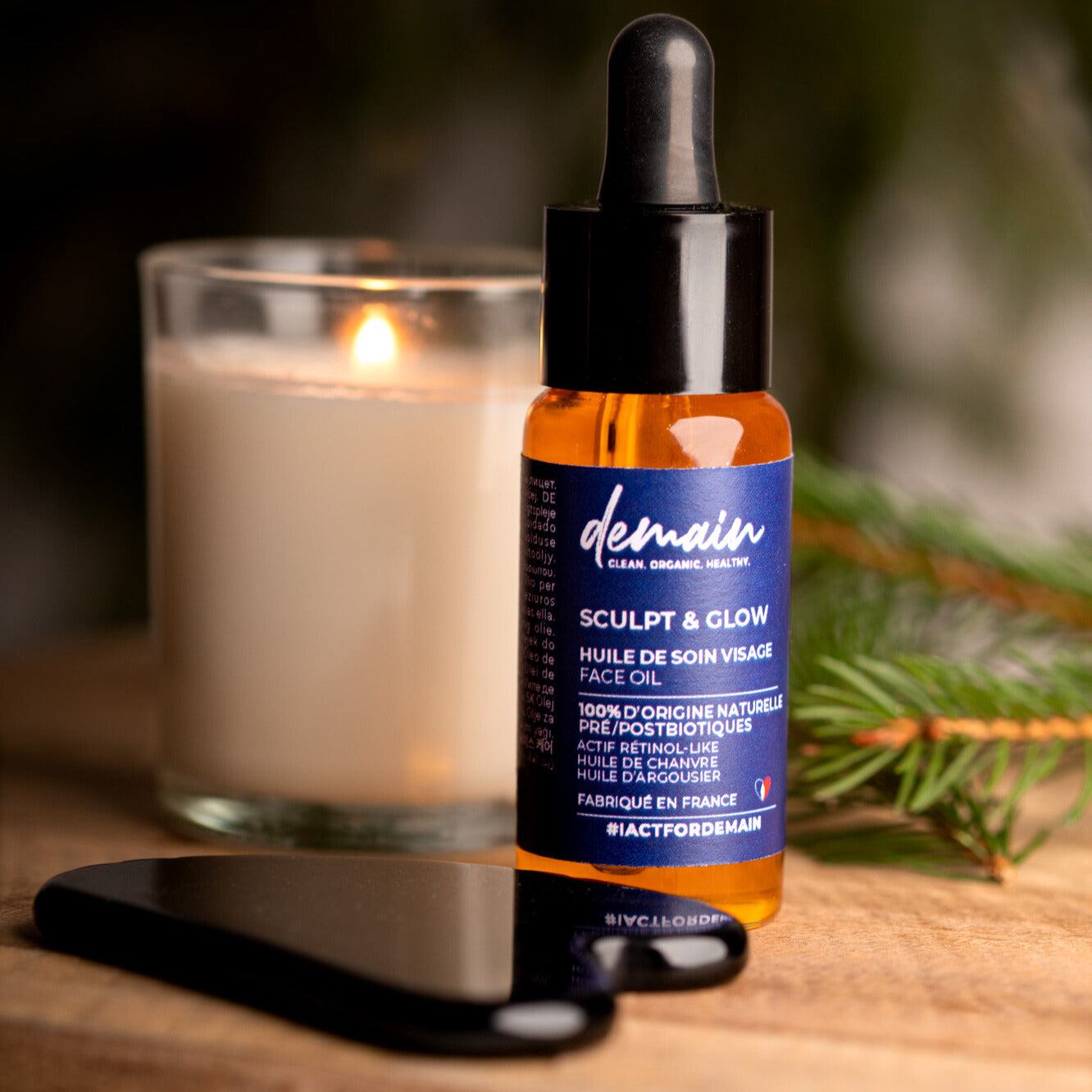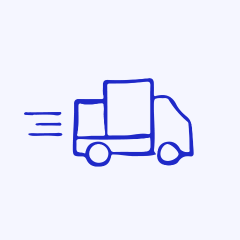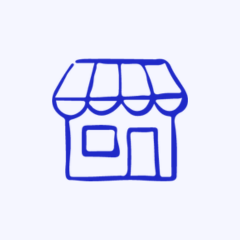Gua Sha is a beauty tool that is increasingly used in the West.
Zoom in on this Chinese beauty ritual that has adapted perfectly to the Western world.

WHAT IS GUA SHA?
In Chinese tradition, Gua Sha is practiced for medical, not cosmetic, purposes. "Gua" means to scrape and "Sha" means disease.
Its use therefore consists of vigorously scratching the skin in order to eliminate all kinds of physical pain (muscular, joint, etc.) and to get rid of bad energies.
Gua Sha massage promotes blood and lymphatic circulation by stimulating specific acupressure points. It promotes skin oxygenation and the elimination of toxins. Regular practice also improves immune defenses and helps energy flow more efficiently.
This ancient beauty ritual has now become a must-have in the world of aesthetics. In just a few sessions, Gua Sha massage firms the skin, restores its natural radiance, and helps reduce signs of fatigue and stress.
HOW TO CHOOSE YOUR GUA SHA?
Before starting a Gua Sha massage, take the time to choose the tool with which you are going to do it by carefully selecting its material and shape.
THE MATERIAL:
Initially, the tools were made from cow horn… not very glamorous!
Today, cow horn has been replaced by more noble materials, semi-precious stones such as rose quartz, blue sodalite, and jade. Each of these stones has unique properties:
- Rose quartz: symbol of love and peace. It soothes emotions and relieves stress.
- Blue sodalite: calms anxiety, helps control emotions and activates creativity.
- Jade stone: Represents purity, wisdom, and power. It helps banish parasitic thoughts, promotes inner peace, and is known for its purifying properties.
- Black obsidian is known for its regenerative properties.
- Rock crystal promotes clarity of mind and radiance.
THE SHAPE:
To ensure that it can be held securely and perfectly fit the contours of the face, the shape of the tool has been reworked over time.
- To best fit the contours of the face (oval, cheekbones, etc.), choose a heart shape.
- To scrape and/or erase wrinkles, opt for a Gua Sha with teeth.
- As for the flatter form, it allows for lymphatic drainage.
HOW TO PERFORM A GUA SHA MASSAGE?
In itself, the Gua Sha gesture is very simple: slide a stone along the skin.
This practice should be done on well-nourished skin so as not to irritate it.
So equip yourself with a nourishing treatment, ideally a nourishing facial oil or balm. At Demain®, we use the Time To Detox Balm , or the Sculpt & Glow Facial Treatment Oil .
Then slide the Gua Sha on the flat or heart side, always moving in the same direction. Go from bottom to top or from the inside to the outside, and apply gentle pressure.
THE BENEFITS OF GUA SHA ON THE SKIN
Gua Sha massage has many beneficial effects on the skin of the face and neck. The techniques are simple, and the results are visible within the first few weeks.
BUT WHAT BENEFITS DOES GUA SHA BRING TO OUR SKIN?
1. Regain healthy, glowing skin
As a reminder, Gua Sha stimulates blood circulation and lymphatic drainage. This helps flush toxins from the face and oxygenate the skin. Impurities are reduced and inflammation is soothed.
In addition, the refreshing effect of the stone used will help to tighten dilated pores and contribute to the deflation of the skin.
Result: a radiant complexion, a healthy glow and decongested features!
2. Reduce wrinkles
A Gua Sha massage will activate specific and different acupressure points depending on the area being massaged.
This will tone the skin's supporting muscles, thus helping to combat sagging tissue in the face and neck.
3. Bye bye dark circles
Ah, dark circles! Aside from using concealer to cover them, it's impossible to make them disappear naturally.
However, you can reduce their appearance by performing a daily Gua Sha massage under the eyes. Activating microcirculation will help reduce dark circles and gradually fade puffiness.
4. Relax your body and mind
The draining effect of Gua Sha releases tension and relieves stiffness in the neck and neck.
Its regular use will relax the body and mind, thanks to the different acupressure points used.
